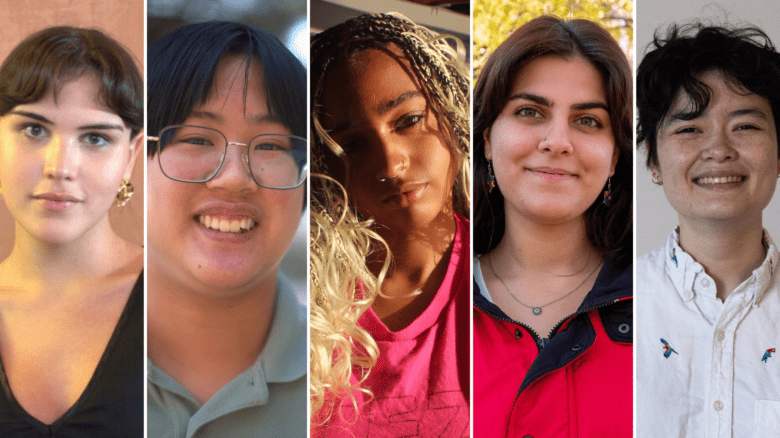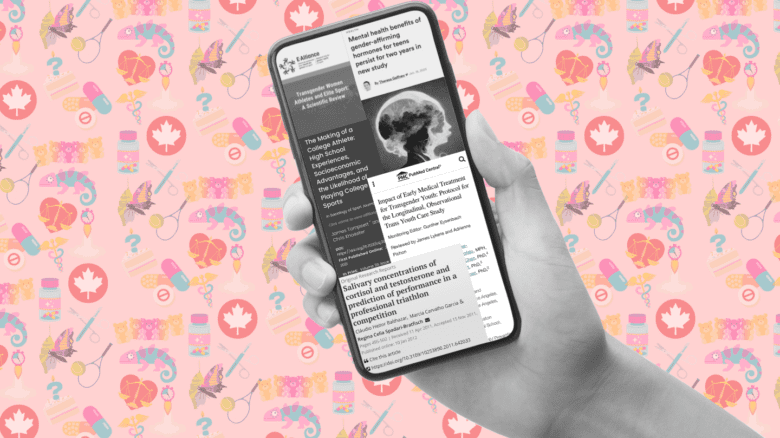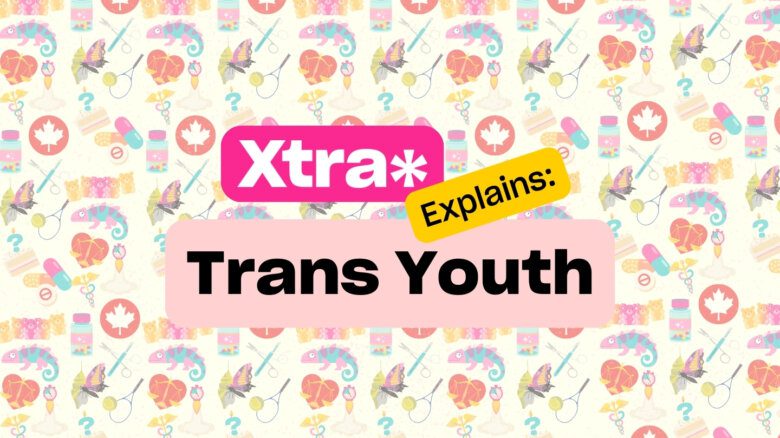Since the early ’90s and the mainstream’s seeming embrace of the queer community, it was my joking lament that I longed for the days that we were over the rainbow and under the radar. I was, like many in my circle of 30-somethings at the end of the last century, uncomfortable with the notion of being welcomed into a club whose rules we held in contempt. Banks sponsoring Pride? At the time we would have recoiled at the very thought. I had come out in the mid ’80s, directly into the AIDS crisis where government inaction and media finger-pointing made it abundantly clear that mainstream was not for us and not with us. But then along came the idea of queer culture. A culture born and nurtured in the departments of feminist and performance studies, at the intersection of advocacy and community, and beyond the acronym. This growing culture honed its politics in Queer Nation—a direct-action group confronting the governmental mishandling of the AIDS pandemic. Formed in New York, Queer Nation quickly found its way to Toronto, and though the organization didn’t last more than a few years, it was Queer Nation that helped to bring queer culture out of the academy and into the streets. And now that we were a brandable, commodifiable thing, the mainstream media started looking at us and finding ways to profit from telling our stories. Over the last few decades, queer culture has felt the benefit of that attention, both in the potential for economic growth and in outreach to new communities. We became a viable audience, a targetable voting bloc and, most importantly, we became visible. But at what cost?
While there is the feeling of victory in playing leading roles in our own stories, there is also a danger in defining ourselves by the mainstream’s codes so closely that we become absorbed by them. Can we have our visibility and our culture too? And what about representation? And to whom, and by whom, and why does that matter, and can it be fun? These are some of the questions we pose in Xtra’s new podcast, Get Queer. (Subscribe here in advance of the May 8 launch.)
Since I came to Pink Triangle Press, Xtra’s parent company, in 2022 as a consultant and producer, my work’s focus has been on building bridges. Both outside the community to allow allies the opportunity to join us, but mostly, and most importantly, inside our own complicated LGBTQ2S+ community. In conversations about coming together, we came to an idea of a podcast hosted by senior editor Mel Woods where we would look at queer visibility in mainstream media and the ways that visibility has affected how we see our own community and ourselves.
In 1973, documentarian Craig Gilbert created An American Family—a fly-on-the-wall 24/7 cinéma vérité study of the Louds: mom Pat, dad Bill and their four kids ranging in age from 14 to 20. With cameras in every room of the house, and trailed by crews, the family lived its life in the open for a year. The results were edited down from 300 hours of footage, to 12 hours that were broadcast to middle-American households on PBS in one-hour chunks each week during the winter of 1973. It was a sensation and the topic of every water-cooler conversation, i.e., “went viral.” Promoting the series’ release, American social anthropologist Margaret Mead wrote that An American Family was inventing a form that would be as significant as drama or the novel. Some would argue that’s not quite what came to pass, but certainly a genre was launched. And for most of North America, this would be their first encounter with an out and proud gay man. At 20, the oldest Loud child, Lance, was—to use a latterly popularized term—fierce. Lance made no apology and asked no permission. He was gay as the day is long and that was that, and he refused to make anything monumental of it. Lance kept his laissez-faire attitude about his sexual identity, and later his HIV status, throughout his career as a musician, fronting the Mumps; and as a journalist, writing for magazines like The Advocate and Interview. Even in reflecting on the show, near the end of his life from AIDS complications in 2001 at 50, Lance brushed aside the idea of having been courageous, insisting he had been “merely myself.” At the time, though, that was a revolutionary notion. To be casually queer.
Lance Loud, casual queerness, An American Family and the genre it created serve as jumping-off points for the first season of Get Queer, where Mel Woods takes us on a journey through various intersections of queerness and reality TV. It was with this birth of casualness that we were presented as existing in real-life situations where our queerness was integral but not central to our story; where first we exist—and are queer beyond that. Season one also considers how the reality genre created queer tropes and characters of its own—the Gay Best Friend, the Funny Trans Dude, the Shady Queen—that would not only represent us to the mainstream, but define us to ourselves.
Overall, Get Queer looks at our relationship with the mainstream, at both its victories and costs. In Season one, you’ll hear from some of queer reality TV’s icons and activists, victims and survivors, to talk about how it started, when it changed and where it’s gotten us. It’s funny and it’s smart, and it’s for fans and skeptics alike. As Mel says in wrapping up the season: “I’ve been surprised by the depth of this history, and I’ve been grateful for the candour and the kindness with which these folks shared and I’ve been impressed by their self-awareness of their role in history, and also their ability to move beyond it.”
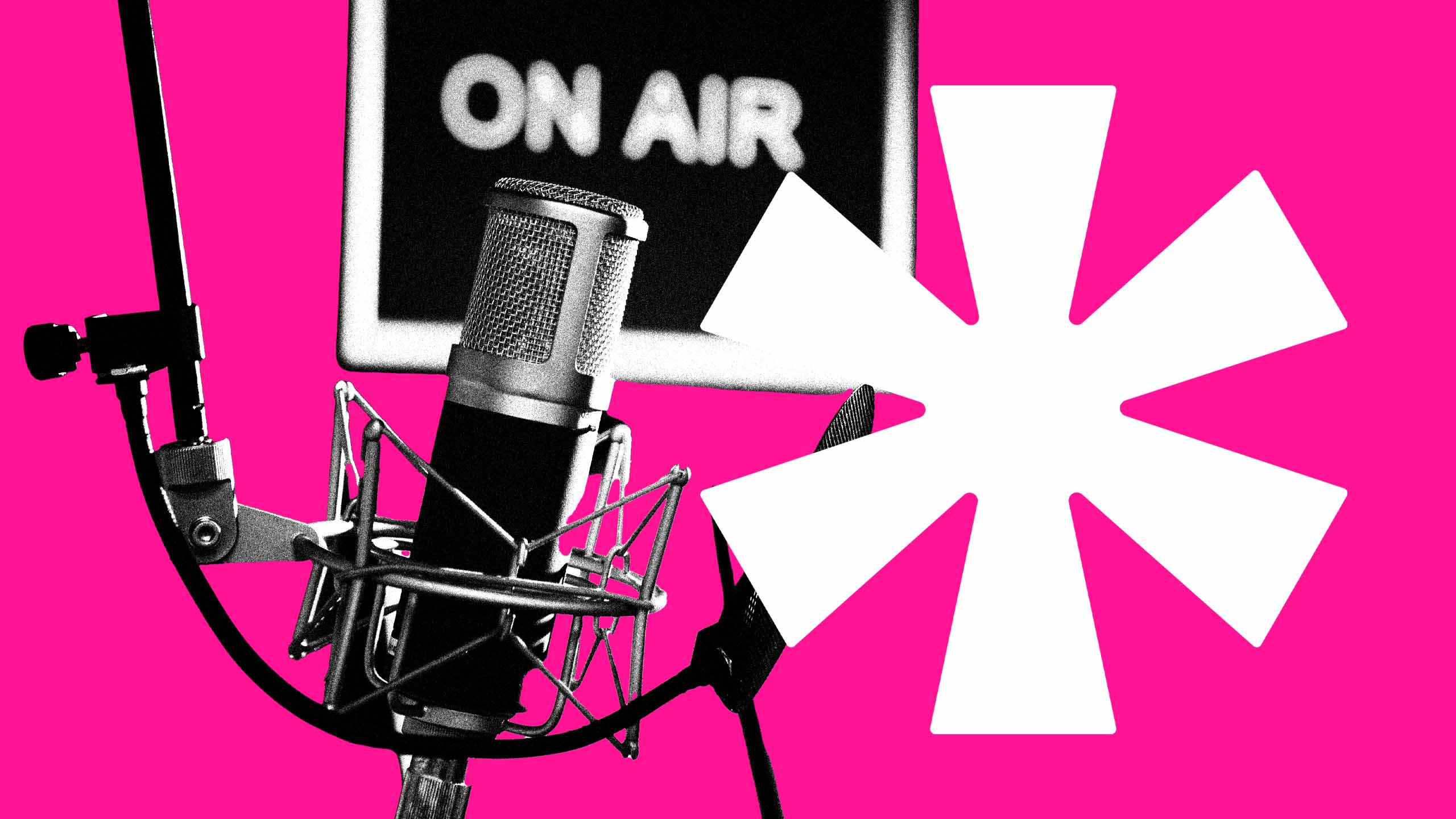
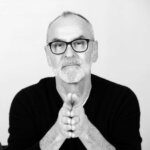
 Why you can trust Xtra
Why you can trust Xtra